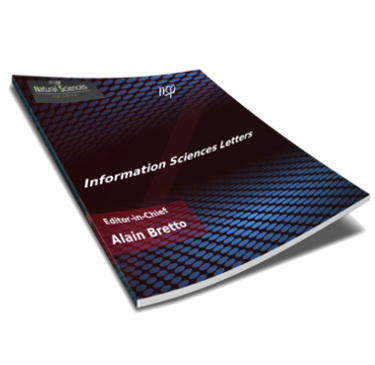
Information Sciences Letters
Abstract
The pattern data is collected by sampling the remotely sensing images, the training and test data for each feature could have wrong data belongs to the other features. This affected the performance of the trained nets. To enhance the proposed classifier efficiency, train it on corrected training data. So, a novel technique is applied to correct the training and test data, started by removing the noise pixels for all features. After that the training and test data are improved by excluding all repeated pixels that having the same colour values. This article presents the Adaptive Neuro-Fuzzy Inference System (ANFIS) working in an automatic way. It is designed to classify environmental features which have occurred from the Colorado wildfire. They are fires, dark fires, ash fires, clouds, ground and vegetation. These features are recorded by remotely sensed images. The system can rebuild the architecture of the ANFIS net according to three parameters. They are the kind of Membership Function (MSF), the number of MSF, and number of epochs. The proposed system is trained on the three groups. With each group, the system is designed having the ability to do many trials until get the best ANFIS net and find the best classification on test data and images. The system is applied on four different images, in order to check the performance of the trained ANFIS nets. The trained system provides an excellent classification of test data sets and the performance is 99.9%. Our study demonstrated the proposed classifier efficiency is improved; it is trained on corrected training data. Due to all specified features are correctly classified from the provided images. In addition to, the processing time for all experiments is reduced by about 50%.
Recommended Citation
A. El-Harby, A. and Shawan Alotaibi, Abdullah
(2022)
"An Automatic ANFIS System for Classifying Features from Remotely Sensed Images Using a Novel Technique for Correcting Training and Test Data,"
Information Sciences Letters: Vol. 11
:
Iss.
4
, PP -.
Available at:
https://digitalcommons.aaru.edu.jo/isl/vol11/iss4/23

